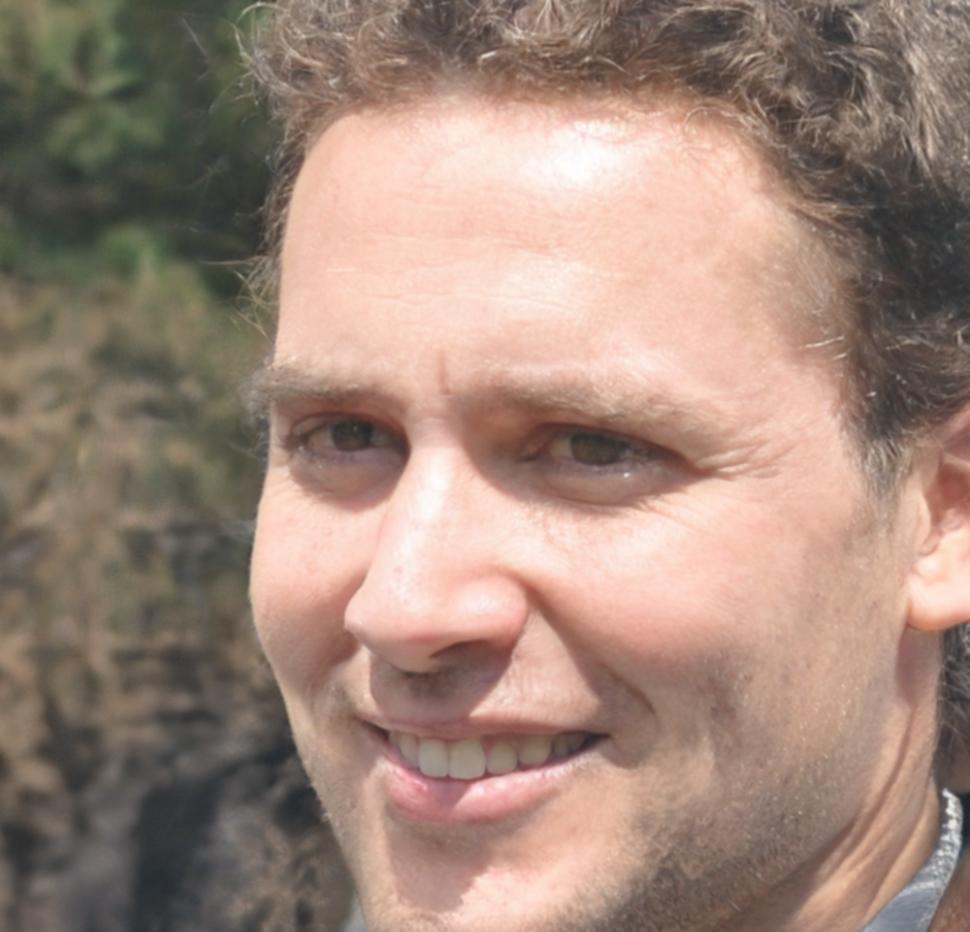Elliot runs a landscaping business in Perth. He joined the program because his accountant kept sending reports he couldn't understand. Eighteen months after finishing, he's making better decisions about equipment purchases and pricing.
Financial Analysis for Real People
Most folks think financial analysis is just spreadsheets and complicated formulas. But here's the thing — it's really about understanding what the numbers mean for your actual life or business.
We've spent years working with small business owners and people who just want to make smarter money decisions. And we've learned something important: you don't need an economics degree to get this stuff.
Our program starts in August 2026. That gives you plenty of time to think about whether this fits your goals.
Get More Information
How the Program Works
We break things down into manageable chunks. Each phase builds on what came before, but you're never overwhelmed.
Foundation Phase (Months 1-3)
You'll start with the basics — how to read financial statements without your eyes glazing over. We cover balance sheets, income statements, and cash flow in ways that actually make sense. No jargon unless we explain it first.
Analysis Techniques (Months 4-6)
This is where things get interesting. You'll learn ratio analysis, trend spotting, and how to compare different businesses or investment options. We use real examples from Australian companies so you can see how this applies locally.
Practical Application (Months 7-9)
Now you take what you've learned and apply it to real scenarios. Case studies, group projects, and independent analysis work. Some students focus on small business finance, others on personal investment decisions.
Capstone Project (Month 10-12)
You'll complete a comprehensive analysis project on a topic you choose. Could be evaluating a potential business purchase, analyzing your own company's financial health, or building an investment comparison framework.
What You Actually Get
We believe in being upfront about what's included and what's not. Here's a detailed breakdown of the program components.
| Program Component | What's Included | Format |
|---|---|---|
| Core Learning Modules | 12 comprehensive modules with video lessons, written guides, and practice exercises | Online, self-paced with weekly milestones |
| Live Q&A Sessions | Fortnightly video sessions with instructors to discuss challenging concepts | Live online, recordings available |
| Practice Materials | Real financial statements from Australian companies, anonymized case studies | Downloadable PDFs and spreadsheets |
| Feedback on Work | Written feedback on four major assignments plus your capstone project | Submitted online, feedback within 7 days |
| Peer Discussion Forum | Access to student community forum moderated by teaching assistants | Online forum, 24/7 access |
| Software Training | Basic Excel techniques for financial analysis (no advanced programming) | Video tutorials and template files |
| Certificate of Completion | Issued upon completing all modules and capstone project | Digital certificate, optional printed copy |
Study At Your Own Pace
The program is designed for people with jobs and other commitments. Most students spend 6-8 hours per week on coursework, but you can adjust that based on your schedule.
Materials stay accessible for 18 months after you start, so if life gets busy for a few weeks, you can catch up without penalty.
See Prerequisites

